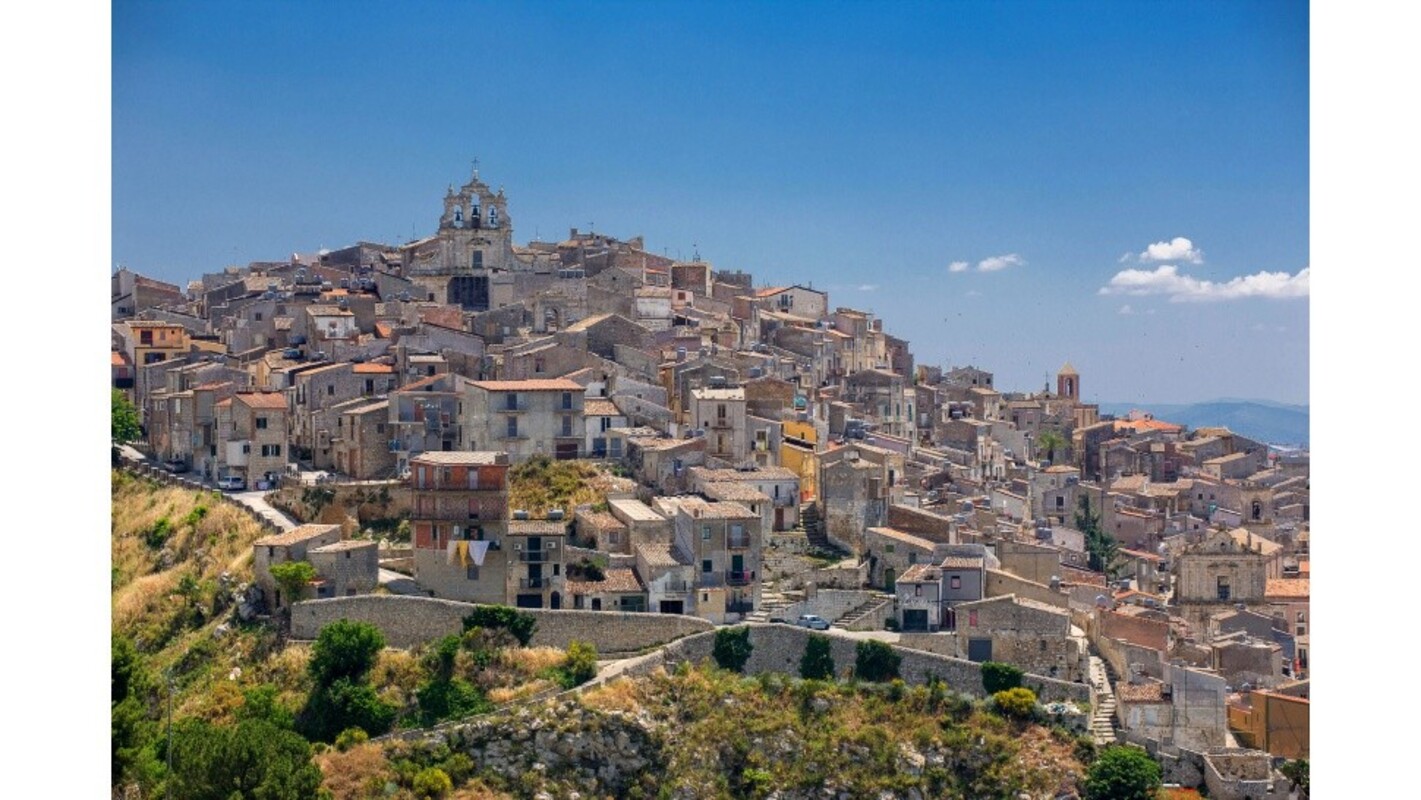
Fiona’s landfall ignites the power of community-driven disaster relief
As soon as the last of Fiona’s gusts subsided in Puerto Rico on Sunday, Sept. 19, organizations from across different regions on the island mobilized almost immediately to transport resources to communities in dire conditions.
“These entities don’t operate through market principles, don’t generate income, but they fulfill a social function. Over the years, they’ve been steadily increasing in numbers in Puerto Rico, and they represent not only a social impact force, but an economic one,” said Anitza Cox, Senior Researcher at Estudios Técnicos, Inc., a planning, research, market strategy, social analysis, and economic advisory consulting firm in Puerto Rico.
Cox explained this phenomenon is due to the nature of the nonprofit sector, whose function is to intervene where there is a social, economic, or environmental need, usually within groups that share a common characteristic.
Although these organizations observed a sharp increase in 2015, according to Cox, many also stemmed from a slow-to-the-draw government response in 2017, in the aftermath of Hurricane Maria, a phenomenon that left devastating scenes after its passing.
Over the course of two years, more than 1000 organizations were registered. Cox attributes the increase to Maria, adding that the type of organization formed was community-oriented.
“After Hurricane Maria, we observed their relevance even more. Maria manifested the vulnerability of our government institutions, response structures, etcetera,” said Cox.
“It was precisely community organizations, and the municipalities closest to communities that were the only ones to be present,” she added, while emphasizing the proximity that enables organizations to provide directed relief.
In 2018, 20,000 palettes of undistributed boxes of bottled water were found in the town of Ceiba, hidden under a blue awning, equivalent to 1.4 million boxes. In 2020, another warehouse was discovered containing undistributed supplies intended to be transported to municipalities in 2017.
The discovery was streamed via Facebook Live, just months after disgraced former Governor Ricardo Roselló was ousted from his post in a historic protest turnout.
CONTENIDO RELACIONADO
As a result, new grassroots organizations urged those interested in helping or providing relief aid to do so at the community level. In a crowded field, people can find themselves overwhelmed with the multiple pathways through which relief can be provided.
What can I do to help?
Several organizations with demonstrated experience with disaster relief released a public form, detailing vetted, on-the-ground movements currently working to provide immediate response for Fiona relief.
“It’s important to identify the areas that we most identify with, and try to seek organizations that address those issues (...) At a local level, we can deduct 100% of a donation. If an organization has a 501 ©(3) status, you can deduct it from your tax return,” Cox added.
Users can access this landing page where they can filter selections by selecting a municipality, and choosing the closest sector on the island, and the page will offer a list of nearby relief centers. Additionally, users can click the red button at the top of the page and add an organization to be vetted by the website.
“Another important subject to take into consideration is the organization’s transparency. An organization that publishes their reports, their financial status, maintains folks involved on social media on what happens with every dollar they receive,” Cox continued.
To that end, AL DÍA also collaborated with community leaders to compile a list of organizations providing the most urgent response on a case-by-case basis across all regions of the island.










DEJE UN COMENTARIO:
¡Únete a la discusión! Deja un comentario.